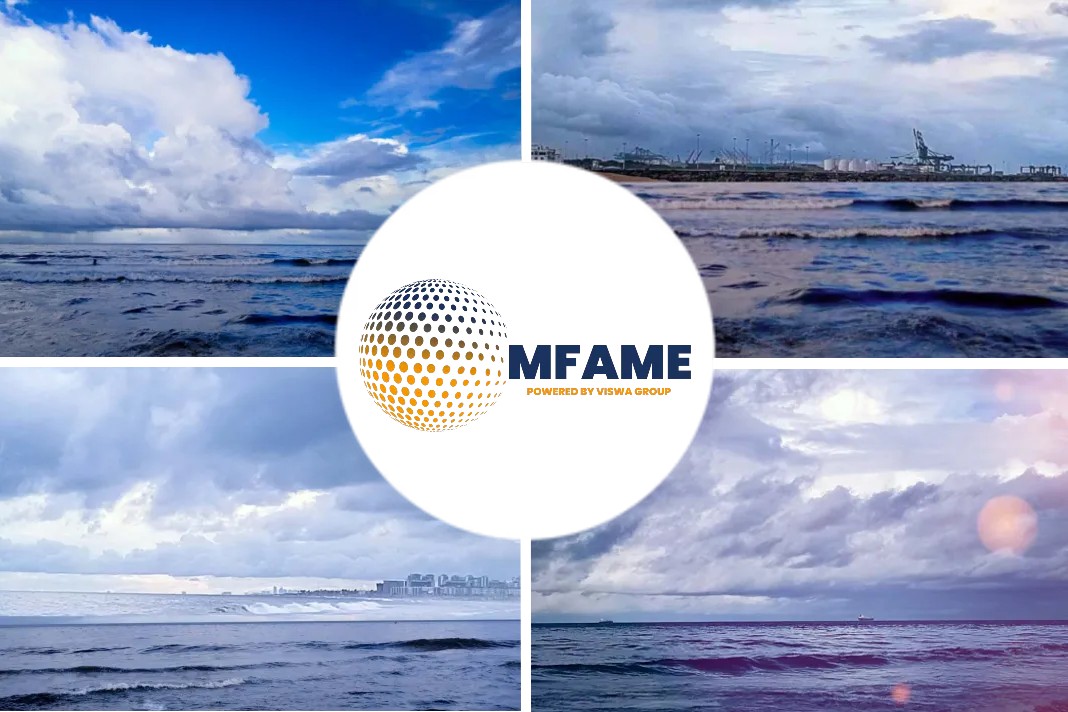
Almost exactly 48 years ago to the day, the 140m cargo ship Serra Branca sailed up the Tees estuary and docked at Seal Sands. Battered and bruised from a storm at sea a few days earlier, Teesside was chosen as the location to clean up the spill of its highly toxic cargo, reports The Northern Echo.
About the incident
On 5th December 1974, 109 barrels of Aroclor – the brand name for a harmful chemical which is a PCB – were loaded onto a lorry at the Monsanto chemical factory in Newport in south Wales and driven to Liverpool’s docks to be loaded onto the Serra Branca.
PCBs, short for polychlorinated biphenyls, are a type of “forever chemical”. They aren’t soluble in water, which means that they accumulate as they go up the food chain.
They also happen to be highly carcinogenic, and were widely used in industrial and consumer products like paints and as heat transfer fluids. Although their dangerous properties were confirmed in the 1960s their use continued before they were outlawed by most countries in the 70s.
In 1968 PCBs contaminated the food chain in Japan leading to more than 500 deaths and a national scandal.
Monsanto were sued in the early 2000s after a number of people came forward suffering from the long-lasting effects of the toxic chemicals that they produced.
Monsanto and its successor companies are reported to have paid out $820m in compensation to claims made relating to the harm caused by PCBs that they produced.
Pollution Abatement Plan
As part of the company’s long-running legal battles, internal documents from the time were made public and show that Monsanto knew about the harmful properties of PCBs in the 1950s, although they continued to produce them until 1977. When they discovered how harmful PCBs were, Monsanto created a ‘Pollution Abatement Plan’ to try to mitigate the effects of any incoming ecological disaster on their bottom line.
One option that was suggested in the documents that were revealed decades later was to do nothing.
Monsanto decided to reveal the environmental harm of PCBs, although they now were able to control the narrative around how much information was known and when it would become known.
The Serra Branca left Liverpool on the 16th of January as it set a course for Glasgow, where it was due to collect more cargo before crossing the Atlantic to Brazil, however a storm the following night shook its hazardous cargo free within the hold, with 60 of the drums falling and suffering what Monsanto’s own assessment at the time described as “considerable damage”.
The polluted ship was redirected to Teesside, where Monsanto had another factory at Seal Sands, for the company to begin the clean up work.
In a decision that will infuriate locals to the area, the site on the north bank of the Tees is repeatedly referred to by Monsanto as their “Middlesbrough” site.
“The first problem arose,” it says in Monsanto’s report of the incident, “when the dockers walked off the scene, believing Aroclor to present a serious hazard to personnel.”
Smoggie dockers refused to handle the cargo for two days, and the manager of the Port Authority refused to let the hazardous material be removed from the ship until insurance could be provided to protect the workers.
After clearing the ship and sending the remainder of the undamaged cargo to Brazil, the salvaged PCBs were sent back to Newport by road to be disposed of. Much of the harmful waste from Monsanto’s Newport factory – the largest chemical factory in Europe at the time – was dumped in unlicensed landfill sites by a third party that they had contracted.
























